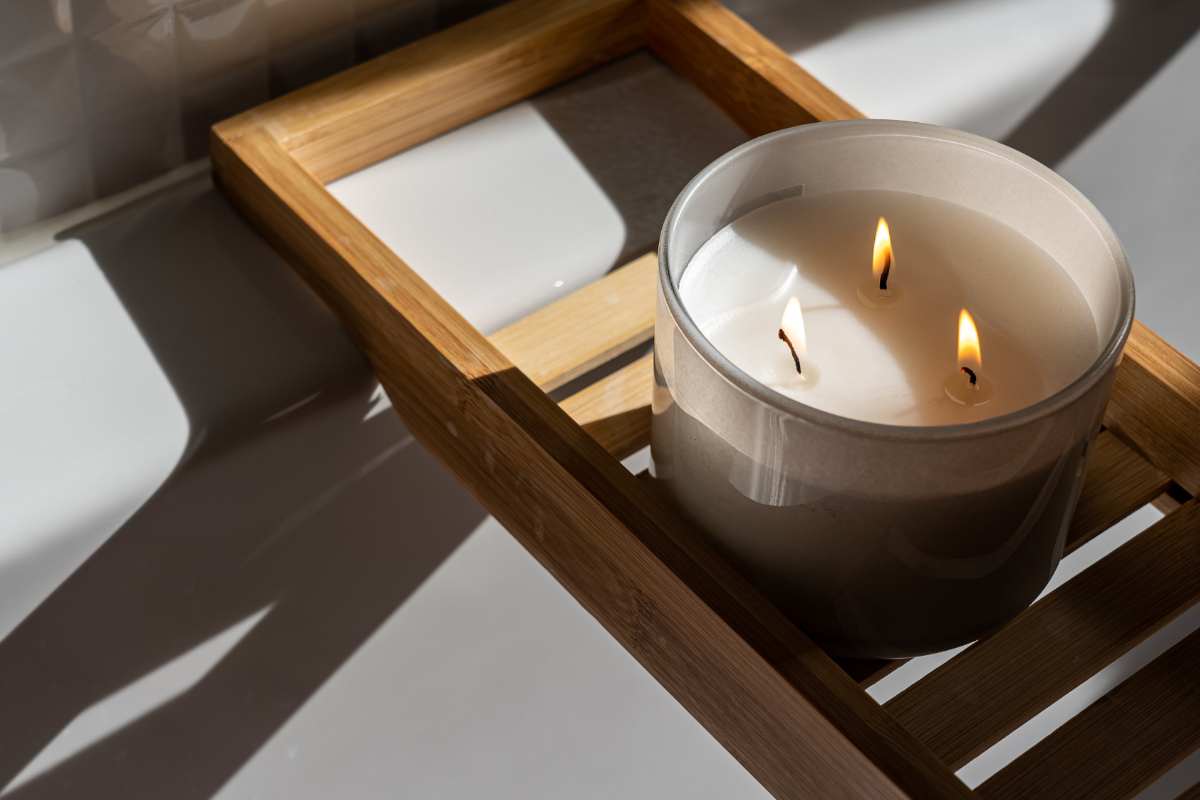There are many factors to consider when creating a great candle, and one of these is the type of wick that will be used. It’s important to choose the right one for the job, as it’s a vital part of the process.
This guide will give you all the details you need to know about choosing the right wick for your project.
Table of Contents
The significance of the choice of the right wick
The wick is a vital part of any candle’s operation, and it plays a significant role in how it burns. The right one will keep the flame clean and burning, while the wrong one can cause issues such as tunneling, uneven melting, and excessive smoking. Having the right wick can help improve the user experience and enhance the performance of your product.
Various kinds of candle wicks
Many kinds of candle wicks are available in the market, and they are designed for different purposes.
Cotton wicks
One of the most popular types of candle wicks is cotton, as they are versatile, cheap, and provide a clean burn. They can be used for various types of candles.
Wooden wicks
Due to their aesthetic appeal and unique sound, wooden candle wicks have gained a following in recent years. These are made from natural wood, and they can be used for coconut and soy wax candles.
Paper wicks
Unlike cotton wicks, paper ones are made from paper fibers, which are free of harmful chemicals. They are ideal for container candles, and they have a minimal sooting and clean burn.
Zinc core wicks
A zinc core candle wick is ideal for those that burn candles with a high concentration of essential oils. It has a stability that prevents it from wringing out and letting the burning liquid spill over.
Factors to consider when opting for a wick
When choosing the wick, you must take into account several factors to guarantee its best possible performance.
Candle diameter
The size of your candle also affects the type of wick that you should use. For instance, if you want a thicker and more even burn, you should use a thicker wick. On the other hand, a smaller candle should use a thinner one to prevent excessive heat.
Wax type
Waxes have varying attributes and melting points, and you have to choose one that is compatible with the kind of candle that you are using. For instance, when using soy wax, you need one that can endure its lower melting point.
Fragrance load
When it comes to using fragrances in your candles, you have to take into account the impact that the oils have on the wick. In some cases, a larger diameter or other type of wick may be required.
Burn time
Another important factor that you have to consider is the duration of your candle’s burn. A candle with a longer burn time may need a larger wick to ensure consistent flame production, while a candle with a shorter burn time may need a smaller one to prevent smoking and dripping.
Testing and troubleshooting wick selection
Choosing the right wick for your candle can be a bit challenging, and it’s important to conduct thorough tests to ensure that it performs well. Here are a couple of steps that you can follow to test your wick selection.
Prepare test candles
Test your candles by creating multiple batches using different types and sizes of wicks. Keep track of the fragrance load, size, and wax type of each batch.
Burn test
Before you start testing your candles, make sure that you light each one and observe the flame’s height and stability. Also, make sure to take note of any issues that can affect the burning liquid, such as uneven melting or tunneling.
Record observations
A log of your observations will help you determine patterns and make future decisions based on this information.
Make adjustments
After collecting your observations, make some adjustments to the type or size of the wick. Repeat the test to ensure that the desired burn rate is achieved.
Wick size and burn time
Large wicks
A large-scale candle’s wick is ideal for those who have a wide-bodied candle or those that are designed for shorter durations of burning. It allows for a larger flame and faster melting of the wax.
Small wicks
A small wick is ideal for candles that have a narrow diameter and are designed for long durations of burning, as it allows for a slower melt rate and produces a smaller flame.
Medium wicks
A medium-sized candle’s wick is versatile enough to handle different burn times and candle sizes. It provides a balanced flame and melts the wax at a moderate speed.

